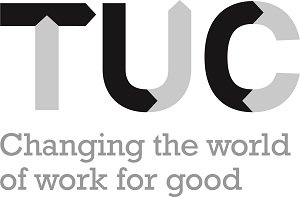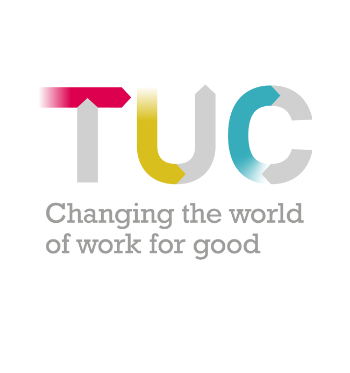Organising course for union reps
TUC Education has produced this new online learning resource, which is designed to provide union reps with the skills and knowledge needed to build the strength of their unions. The course is structured through a series of six interactive modules, along with a final seventh reflective module, which will focus on how reps can implement the learning back in their workplace.
- Who is this interactive course for?
-
This interactive course is for workplace reps who want to build union strength and get members on a united front.
- How will it help me?
-
This course will:
- explain how to map the workplace and why this is important
- help you build a union team at work to ensure an active union
- detail different communication methods with members including digital organising.
- How do I complete it?
-
All you need is an internet-enabled mobile device (a phone or tablet) or a computer. Do as much or as little as you like each time you log on - your progress will always be saved. Next time you log on, just pick up where you left off. This course will take you about 35 minutes to complete.
- Will I get anything for doing this?
-
Upon completion of this piece of learning, you will receive a digital credential as proof. This will be sent to you via email (from the TUC via Acclaim), so please keep a look out for it.
A digital credential is evidence that you have completed this piece of learning. You can share your credential with your union colleagues or employer to show them what you know.
* You may have to register / login to access this.
Course modules:

Introduction to the course
This section features a brief introduction and orientation of the course structure.

Module 1: An introduction to the organising course
This 10 minute introduction to organising covers: what we mean by organising, why organising is important, and what a well organised workplace looks like. The module will introduce you to five key skills to help you organise effectively.

Module 2: Mapping your workplace
This 15 minute module covers; what we mean by 'mapping your workplace', the benefits of mapping, deciding what to include on your map, finding information for your map, choosing a way to record your information and how to use your completed workplace map. There are two scenarios in this module. You can try either or both of them to complete the module.

Module 3: Building the team
This 15 minute module covers: Why it’s important to get more members involved in union activity and involving other people, spotting good informal leaders, involving them in union activity and encouraging younger members to get active in the union. There are two scenarios in this module. You can try either or both to complete the module.

Module 4: Talking to workers
This 15 minute module on talking to workers covers: What we mean by an ‘organising conversation’. Why it’s important to have one-to-one organising conversations. Preparing for an organising conversation, asking open-ended questions, listening effectively and recording your organising conversation.

Module 5: Organising a campaign
This 15 minute module on organising a campaign covers: Why it’s important to campaign. Choosing the right issue to campaign on, using the widely felt, deeply felt and winnable test. Planning your campaign and evaluating your campaign.

Module 6: Using digital tools to communicate
This 15 minute module on using digital tools to communicate covers: Why it’s important to use digital tools to communicate. Using digital tools for different types of communication. Some advantages and disadvantages of online communication. Choosing a digital tool and using digital tools appropriately.

Module 7: Is your workplace campaign ready?
This module will help you to reflect on what you’ve learnt and think about how to use your organising skills to help win changes in the workplace.
To access and complete the full course, register here
Stay Updated
Want to hear about our latest resources for union reps?
Sign up now to get it straight to your inbox



